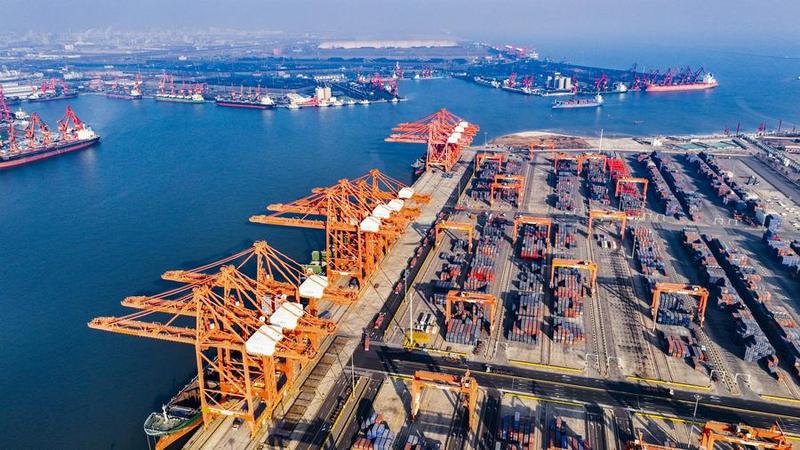In an era of shifting alliances, politicized trade policies and fragmented supply chains, a realignment is underway that could well define one of the most important chapters in global commerce. China, the Gulf Cooperation Council and the Association of Southeast Asian Nations are currently forging deeper economic, strategic and financial ties in a way that reflects not only mutual interest but also a shared response to uncertainties currently confronting the global trade order.
While the world’s attention has been focused on tariff wars and decoupling debates, these regions have been concentrating on connectivity, infrastructure and pragmatic interdependence. Together, they represent over 2.1 billion people and a combined GDP of around $25 trillion. This trilateral engagement represents a highly important component in today’s global trade architecture.
Among the most consequential of these evolving relationships is the rapidly expanding partnership between China and the GCC. Two-way trade reached over $300 billion in 2023 and China is now the largest trading partner for most Gulf states. What began primarily as a relationship focused on hydrocarbons, is now rapidly maturing into a multidimensional partnership encompassing infrastructure, industrial investment, finance and digital technologies.
Gulf sovereign wealth funds, with assets surpassing $4 trillion, are increasingly directing capital into Chinese infrastructure and technology while China is scaling up long-term energy deals and co-investing in special economic zones across the Gulf. Investment in green energy, digital infrastructure and logistics networks continues to accelerate, aligning with the goals of national diversification programs such as Saudi Vision 2030 and the UAE Centennial Plan 2071.
Parallel to its growing relationship with China, the GCC has also been steadily building a multilayered partnership with ASEAN, home to around 680 million people and with a combined GDP exceeding $3.9 trillion.
In 2023, intra-ASEAN trade totaled $759 billion while foreign direct investment reached a record high of $230 billion.
This accounted for 17 percent of global FDI inflows, making ASEAN the largest FDI recipient among developing regions.
Source: Chinadaily
